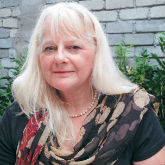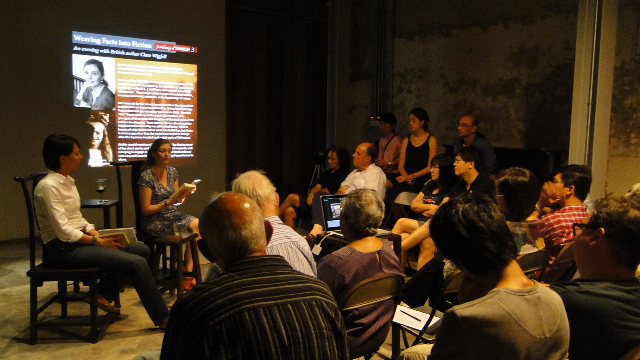
Clare Wigfall Speaking at Sinkeh
Much has been written about the history (or “his story”) of expat men in Malaya, but much less about the lives of the expat women. Frances Wilks talked to three women; a writer, an artist, and an actress turned “backpacking granny” who have been exploring their own and their forebears’ past.
For much of history, the activities of men were considered far more significant than those of women which has led to history rather often being “his story.” In more recent times, it has been realised that “her story” is equally important but frequently far less well-documented.
Three women recently visited Malaysia in search of their ancestral roots and discovered different layers of history.
Abandonment In 1920s Penang
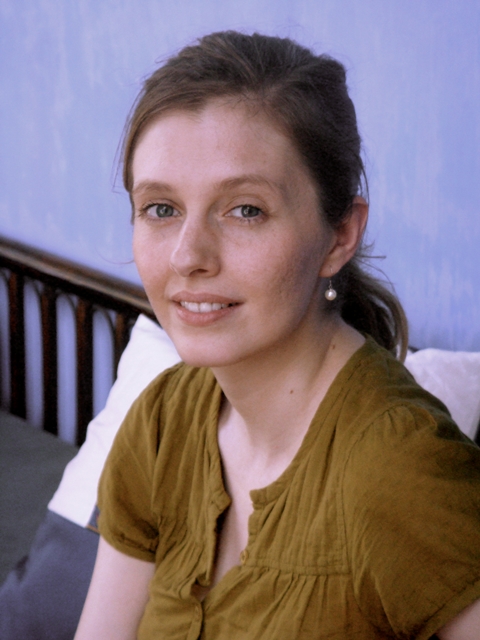
Clare Wigfall, Writer
Award-winning British fiction writer Clare Wigfall came to Penang on a travel grant from the British Council to research her new novel. She’s known for her provocative, bold, and occasionally terrifying short stories, but the novel will break new ground as it’s loosely based on the Penang story of her great-grandmother, Marion, and her grandmother, Dot. Marion was married in St George’s Church in 1913 to Charles Sayers of the Eastern Smelting Company, and after giving birth to three daughters, she abandoned her family when Dot, the youngest, was still a baby. Did she run away with another man? Or was she abducted? Nothing is known about why Marion left or what fate befell her, but there is some suggestion that she might have stayed in Malaya after the Japanese invaded and ended up in a POW camp.
Speaking at Sinkeh – the new arts venue in Lebuh Melayu, George Town – Wigfall appealed to the audience to share their historical knowledge and experiences. She has only a collection of photographs and some stories that her grandmother told her. There is a charming picture of Dot as a young child with a bow in her hair and a broken tooth – the bright smile hides the fact that the tooth was broken by the housekeeper who took charge of the girls after their mother left. Clare contacted the well-known conservation architect Lawrence Loh for his take on the old photograph of the gracious house they lived in (probably in Burma Road or Macalister Road), and he noted the curved windows on the ground floor as an unusual feature. The three sisters returned to England in their early teens and, although they married and had children of their own, Clare always felt a sadness about them.
“My mother’s cousin had a different take on the abandonment,” says Wigfall. She suggested that perhaps the father was cruel to the mother and that she ran away out of desperation rather than flightiness. It would have been a hard position to be in during the colonial society of those days. “My time in Penang was incredibly fruitful,” she added, “and I feel I’ve made great strides in terms of my research and thoughts about the novel, while also having gained a much better sense of the place, too. I feel a sense of freedom about the story – I am free to imagine what might have happened, but not bound to discover what actually did, because that’s now mystery – history that’s been lost.”
Uncovering The Fugitive Memories Of Early Life
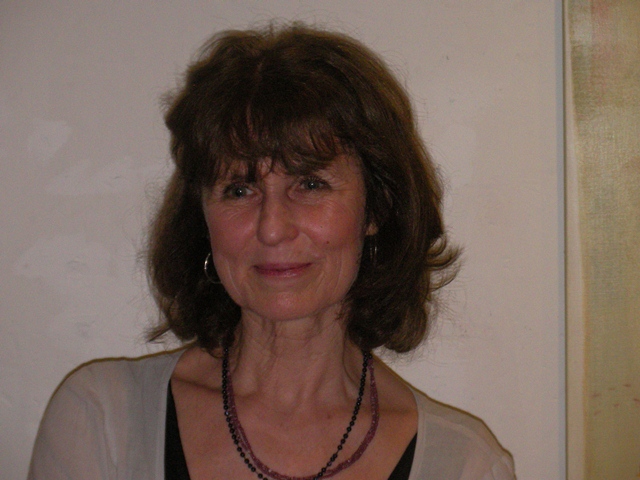
Kate Hunt, Artist
Painter Kate Hunt’s experience of Malaya is more recent and yet even more intangible. Hunt was born in Penang in 1951, the daughter of a chaplain in the British Royal Air Force. After spending the first two years of her life in Butterworth, her family moved to Sri Lanka and subsequently lived in the UK, Germany and the Middle East. Until she returned to Penang in 2011 after a more than half a century away her memories of the place were, she says, “unreliable and unsubstantial. They were based on hearsay, myth, black and white photographs, a copy of my birth certificate, and disturbing feelings of loss.” Hunt and her husband tried to locate her former home and the hospitalwhere she was born.
The only possession that Hunt still had from her Penang time is a beautiful blanket which must have covered her as a baby, and she realised that she had incorporated its herringbone pattern into many of her abstract, pared down canvases. Perhaps the design represented stability, and formed a connection to a past now beyond the reach of literal memory. Although she was warned that Penang has changed so much in the 60 years since she left and that she should prepare for disappointment, this gloomy foreboding turned out to be untrue. Hunt even recognised the area where her home had once stood although it had been knocked down some time ago to make way for railway tracks. The hospital where she was born has since disappeared, but Hunt, along with her doctor husband, think they may have located it. As he says, “You can still smell a former hospital.”
When she returned Hunt spent the next two years working on a new collection entitled …and in the pale light of the shadow, which was exhibited at China House’s Art Space throughout March.
The collection was a subtle uncovering these childhood memories of a vanished Malaya and her attempt to hold on to them for good.
Finding A Former Home In Ipoh
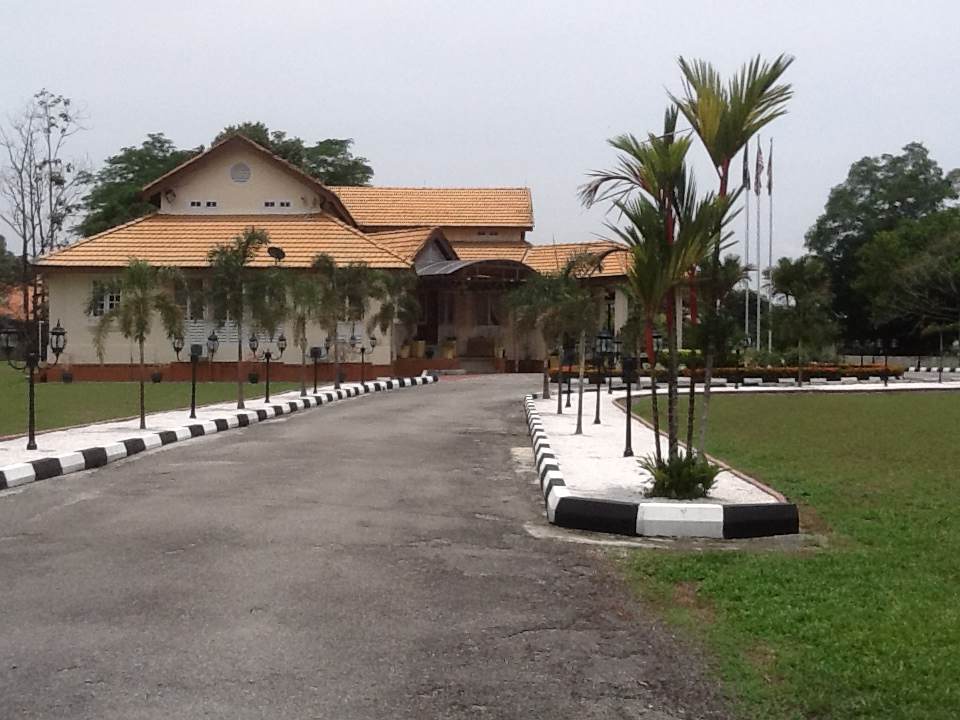
Charlotte’s Old House in Ipoh
After a very successful career as an actress, Charlotte Mather (born Charlotte Hutton-Williams) now travels the world as a “backpacking granny” and blogger. When she came to Malaysia, it was partly to look up an old friend but also to retrace the haunts of her happy childhood in 1950s Ipoh. She remembered the address of her old house but then discovered the road names had all changed and so maps and Google were useless.
At a dinner party in Penang, she met a researcher who put her in touch with Hong, an elderly Chinese architect from Ipoh. So with the help of emails and a description of what was near – the Turf Club, Ipoh Swimming Club, and a dog’s leg road with four or five houses – and he was able to direct her to the right part of town. “I tried to remember what buildings we used to pass on my chauffeur-driven journey to school,” she recalled. “I needed to find a straight road with majestic colonial houses, each with its long drive sweeping up to a porch. They were mostly painted white and had brown or green chicks (blinds made of bamboo); the gardens were huge and often had a tennis court. These lovely mansions were built to catch every whisper of a breeze, so they mostly had wide verandas. My parents used to sit out every evening drinking their whiskey. No one drank wine, it was thought to clog the heart. The kitchens were in the back regions of the property, so no cooking smells. The servants’ quarters were ever further away, but usually connected by a covered way to the house.”
Mather recalls the journey of discovery to Ipoh. “Imagine my excitement as we drove the two-hour journey from Penang to Ipoh. In the ’50s, it used to take four hours and you had to go in an army convoy. There was no bridge from Penang to the mainland, so it was the smelly old ferry. Now, there is the most beautiful bridge I have ever seen. Finally, after a lot of false starts, we found the big road with the mansions, we turned down the road to the Turf Club. We drove slowly down a tree-filled avenue. I was bursting with excitement. It must be near. We drove slowly but nothing looked right. Turning in despair into the next street, they suddenly stumbled upon it – now looking very different, as it’s occupied by a senior member of the police force.”
The house was no longer standing on huge stone pillars, the chick blinds had gone, and the flowerbeds had been turned into pavements with rather strangely painted black and white kerb stones. She could see the window of her bedroom and the steps she used to sit on waiting for the chauffeur to arrive. The badminton court had gone, but the garden was still as big, and she could remember the wonderful parties her parents used to give – the smell the frangipani, the sound of laughter, and the chink of drinks.
The Ipoh Swimming Club was another of Mather’s haunts, and it was much easier to find and surprisingly unchanged. “We walked round the whole club. I saw faded names of past captains, people who had been friends of my parents. It seemed the same, and suddenly I was six years old and competing in a swimming gala. It was lovely to lay my happy childhood to rest. I was so pleased to see a new generation of people enjoying the club. They were Chinese, Indian, and Malay – living and swimming happily together. My parents would have been so pleased to have seen it… they worked so hard to help Malaysia be the country it is now.”
Source: The Expat Magazine August 2014
Read more:
- The Battle Between KL and Penang: Which Expat City is Better?
- A Look at Expat Friendships
- The Legend Behind a Chinese Boat Burning Ceremony in Penang
What are your thoughts on this article? Let us know by commenting below. No registration needed.
"ExpatGo welcomes and encourages comments, input, and divergent opinions. However, we kindly request that you use suitable language in your comments, and refrain from any sort of personal attack, hate speech, or disparaging rhetoric. Comments not in line with this are subject to removal from the site. "

